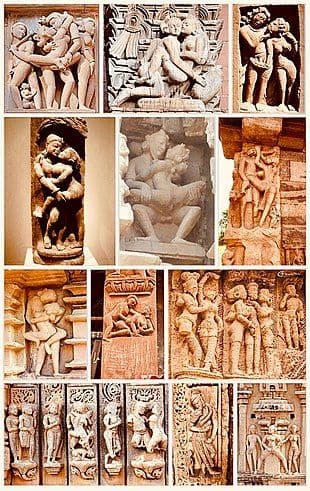Kamasutra: An Ancient Indian Text on Sexuality, Eroticism, and Emotional Fulfillment in Life
The Kamasutra, often misperceived merely as an ancient Indian sex manual, is in fact a comprehensive treatise on the art of living and loving. Authored by Vātsyāyana in the 2nd century CE, it explores sexuality, eroticism, and emotional fulfillment, offering insights into the social mores and customs of ancient Indian society.
Information and Other Details

Information on the Discovery
The text was relatively obscure for centuries, with its first complete English translation appearing in the 19th century by Sir Richard Francis Burton. This brought the Kamasutra to the attention of the Western world, where it was often misunderstood and misrepresented.
Story
The Kamasutra does not have a "story" in the conventional sense. Instead, it is structured into seven parts, each dealing with different aspects of life, such as social norms, courtship, and marriage. Its core is a guide to a virtuous and gracious living that discusses the nature of love, family life, and other aspects pertinent to pleasure-oriented faculties of human life.
History of the Discovery
The Kamasutra was written in Sanskrit. Its survival through centuries can be attributed to its continuous transmission in manuscript form. The Western discovery in the 19th century marked a significant cultural shift, leading to various interpretations and translations, each reflecting the biases and understandings of its translators.
Scriptural References and Its Mentions
The Kamasutra is not a religious scripture but rather a secular text. It is often associated with Hindu philosophy due to its references to dharma (duty), artha (prosperity), and kama (pleasure) - the three aims of life in Hindu thought. It also includes various references to other contemporary works and authors, painting a picture of the intellectual landscape of the time.
Global Influence/Acceptance
The Kamasutra's global journey has been one of fascination, controversy, and misinterpretation. Its candid discussion of sexuality and pleasure broke many social taboos in the West. Today, it is recognized as a significant work in both sexuality and sociology, with scholars appreciating its depth beyond just the erotic aspects.
...




